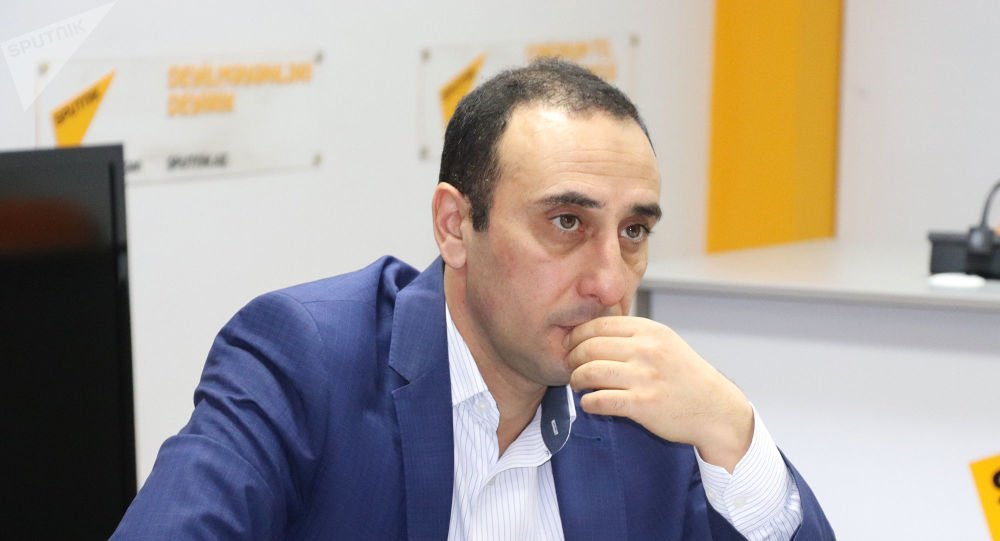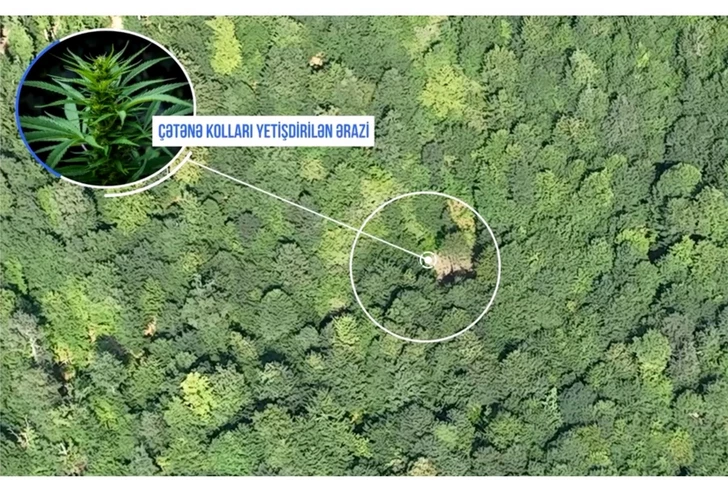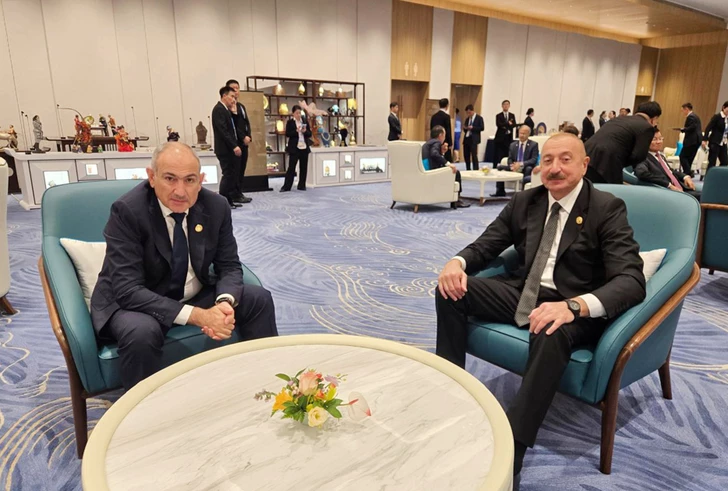BAKU — September 1, 2025. The Shanghai Cooperation Organization summit in China is less about speeches than symbols, and Beijing’s red-carpet treatment of President Ilham Aliyev signals how the map is being redrawn around logistics, not oil wells, says Azerbaijani historian Rizvan Huseynov, director of the Center for Caucasus History.
In an interview recorded Monday morning on the YouTube channel Modern Conversation with Rasim Babayev, Huseynov argued that the “old order” built on controlling energy resources has given way to a contest over supply chains and overland routes. In that world, he said, Azerbaijan’s value rises.
“China is a country of symbols,” he said, pointing to the ceremony around Aliyev’s arrival. “The message is about status and role in the new transit architecture.”
From barrels to corridors
Huseynov’s core claim is blunt: the global fight has moved from ownership of oil and gas to control over logistics—rail, roads, ports, and the political security that keeps them open. The SCO’s practical heft, in his telling, lies less in grand designs for alternative finance—“hard to do without the U.S. dollar”—and more in the projects that knit Eurasia together.
That explains, he said, why side-meetings at the summit matter. He highlighted contact between Aliyev and Armenian Prime Minister Nikol Pashinyan (with Turkish President Recep Tayyip Erdoğan later joining), as well as warm signals with Pakistan’s leadership. A separate conversation with Belarus’s Alexander Lukashenko, he suggested, may have served as a message channel to Moscow.
The meeting that may not happen
Huseynov said any Aliyev–Putin sit-down would be judged against Baku’s demand for accountability over the downed AZAL aircraft. He cast Russia as ducking the topic. “If a meeting takes place without clarity, it won’t fix the fundamentals,” he said, adding that a hardening line from Baku was visible in Aliyev’s recent Al Arabiya interview.
He also described a Kremlin media campaign designed to pressure Azerbaijan, calling it a misread of Baku’s resolve.
Armenia’s hedging—and a new opening with Pakistan
On Armenia’s outreach to Pakistan, Huseynov flipped a common reading on its head: far from a problem for Baku, he called it confirmation of Azerbaijan’s regional gains and a move that blunts India’s leverage in the South Caucasus. The result, he argued, is a sturdier triangle of Azerbaijan–Turkey–Pakistan, with Israel cooperating in specific areas even if interests are not identical.
As for SCO membership, he said Yerevan is hungrier than Baku to join, largely to access multilateral donor channels. Azerbaijan, he noted, “self-finances” most of its projects and can be choosier.
Zangezur is the clock
Everything, in his view, runs through the Zangezur corridor. Huseynov said Pashinyan has slid the target date for constitutional changes and a referendum—prerequisites for a full peace deal—from late 2026 to 2027, pushing back the horizon for a treaty with Azerbaijan. Baku, he said, could build its roughly 40-kilometer stretch of road “in about a year” if allowed. Armenia’s pace on the referendum and the road, he argued, is the clearest tell of its intentions.
Moscow’s shrinking playbook, Tehran’s recalibration, Ankara’s rise
Huseynov sketched a region where Russia has lost the initiative it once enjoyed after the Soviet collapse. He credited arrests in Armenia of figures allegedly aligned with Moscow as a major setback for the Kremlin, and said U.S. security guarantees to Yerevan have further narrowed Russia’s options. If the Kremlin wants to salvage influence, he said, it must normalize with Azerbaijan and accept Turkey’s central role.
On Iran, he described cooler ties with Moscow and a grudging acceptance in Tehran of new South Caucasus realities—evident, he said, in the recent tone of high-level Iranian visits to Yerevan and the easing of friction with Pakistan inside the SCO frame.
Turkey, meanwhile, is “the pace-setter,” in his telling. He pointed to senior military appointments, the “Blue Homeland” maritime doctrine, and fresh deals with Libya as evidence Ankara is preparing for a larger Eastern Mediterranean role. That posture, he argued, changes calculations not only for Iran but also for Israel, amid periodic fears of another Israel–Iran flare-up.
Central Asia clicks into place
Huseynov called a recent Azerbaijan–Uzbekistan–Turkmenistan track a strategic loss for Moscow in “Turkestan” and a building block for a Caspian-centered logistics spine. Uzbekistan’s manufacturing weight and Turkmenistan’s engagement, he said, tighten the links that ultimately depend on Zangezur opening.
What to watch
Whether Aliyev meets Putin in China—and whether Russia addresses the AZAL case in any concrete way.
Armenia–Pakistan normalization and any follow-on SCO choreography involving India.
Zangezur corridor timelines against Armenia’s constitutional referendum schedule.
Turkey’s deepening role from the South Caucasus to the East Med.
Signs of Russia accepting—or resisting—the new map.
Huseynov’s thesis is clear: as the contest shifts from barrels to corridors, Azerbaijan’s leverage grows alongside Turkey’s reach. Armenia hedges but edges West; Iran adjusts; Russia either adapts or keeps losing ground. The SCO summit, with all its ceremony, is simply where those lines are drawn in public.










